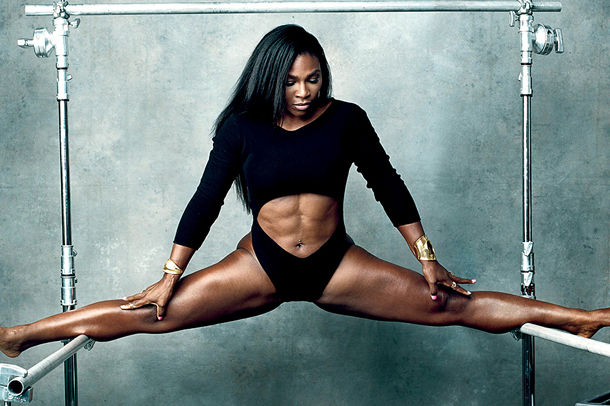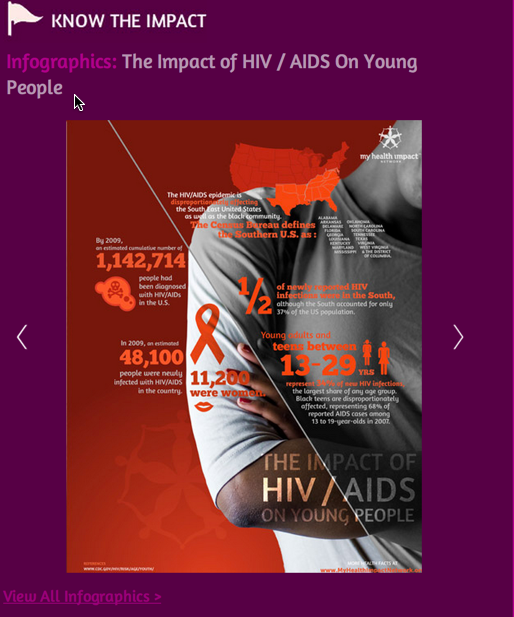myHIN Blog
Category: Sexual Health Articles

June 13, 2022
Managing Hypervisibility in the HIV Prevention Information Seeking Practices of Black Female College Students
published in Journal of the Association for Information Science and Technology by Lynette Kvasny Yarger and Fay Cobb Payton
#HealthCare #UX #InformationSeeking #BlackWomen #Hypervisibility
Share

May 04, 2016
Our Family Jewels
Our Family Jewels is the radio show DJ’d by my brother, Jules, and his co-host Steve, at Middlebury College in Vermont. The show is takes place each Sunday at 7pm, during what is referred to as “Hump Hour” at Middlebury. Jules and Steve have organized a show that plays songs related to sex or the sex lives of them and their friends, in one way or another. While playing a diverse range of genres they offer segments titled, “Story time with Steve”, “Pillow Talk”, and “Reachin’ and Teachin’”. These segments share entertaining personal experiences, little known facts or relevant news related to sexual health, with each week ending in a text from our parents expressing their enjoyment and sometimes surprise, from the last episode.
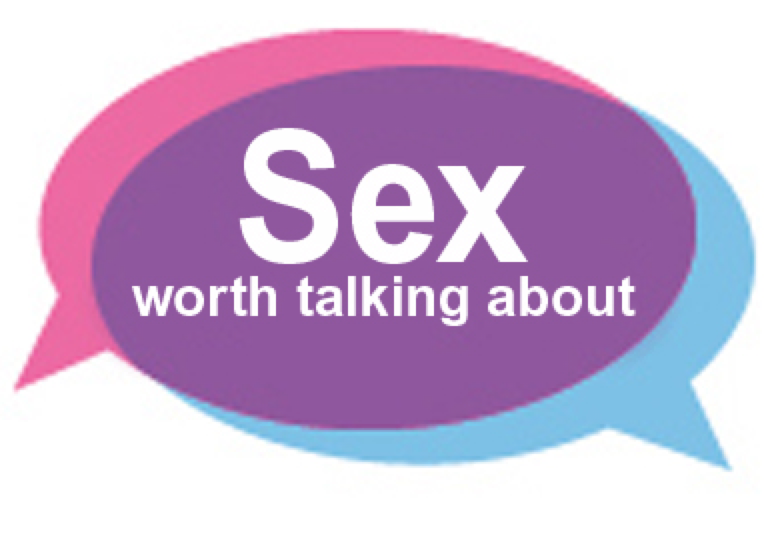 When the show first aired, my roommates and I sat in our living room listening in as Steve and Jules shared stories and played music. I found myself in fits of laughter during the segments and was almost as entertained by our family group text as I was by Our Family Jewels. Through the jokes and lightheartedness, I wanted to be sure to remind him of the importance of safe and consensual sex. The topic of sex is not one we shy away from in my home. From a young age, our parents were very clear about the importance of safety and our intimacy being consensual, a discussion many parents choose to avoid. In spirit of the radio show, MyHealthImpactNetwork offers readers the opportunity to learn more about health in a general sense. The Health Facts section of the site, speaks to the health literacy of our nation. Health literacy is defined by the National Network of Libraries of Medicine as being "the degree to which individuals have the capacity to obtain, process, and understand basic health information and services needed to make appropriate health decisions." Unfortunately, levels of health literacy are low, with only 13% of the population between the ages of 16 and 49 at a proficient level. This interferes with a patient’s ability to make educated decisions on their health and have the necessary conversations regarding their health status with their respective healthcare providers.
When the show first aired, my roommates and I sat in our living room listening in as Steve and Jules shared stories and played music. I found myself in fits of laughter during the segments and was almost as entertained by our family group text as I was by Our Family Jewels. Through the jokes and lightheartedness, I wanted to be sure to remind him of the importance of safe and consensual sex. The topic of sex is not one we shy away from in my home. From a young age, our parents were very clear about the importance of safety and our intimacy being consensual, a discussion many parents choose to avoid. In spirit of the radio show, MyHealthImpactNetwork offers readers the opportunity to learn more about health in a general sense. The Health Facts section of the site, speaks to the health literacy of our nation. Health literacy is defined by the National Network of Libraries of Medicine as being "the degree to which individuals have the capacity to obtain, process, and understand basic health information and services needed to make appropriate health decisions." Unfortunately, levels of health literacy are low, with only 13% of the population between the ages of 16 and 49 at a proficient level. This interferes with a patient’s ability to make educated decisions on their health and have the necessary conversations regarding their health status with their respective healthcare providers.
I am glad that my brother has found an entertaining way to make the discussion of sex and its health implications more comfortable for his peers. It is important that we are able to take responsibility for our own health. This ties into being literate, but also falls in the hands of others to provide the necessary support to those who are not yet comfortable with their knowledge of health. Decisions made regarding one’s health can have lifelong implications, making it imperative that a basic level of health literacy can be met.
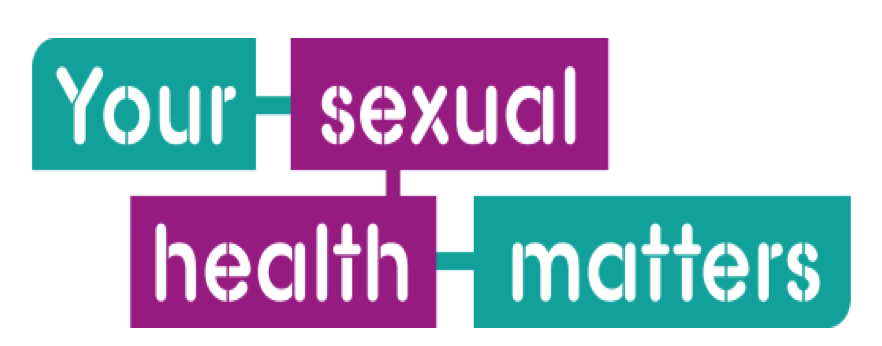
If you would like to look into health literacy or other areas of health, there is the opportunity to do so at https://myhealthimpactnetwork.org/health-facts/cat/health-literacy. The National Network of Libraries of Medicine also offers information on health literacy and can be found at http://nnlm.gov/outreach/consumer/hlthlit.html#definitions. To listen in to Our Family Jewels you can follow the link to Middlebury College Radio, http://wrmc.middlebury.edu/. My brother’s show airs on Sundays from 7pm - 8pm, enjoy!
Figure 1: http://tfosuccess.com/sexual-health/
Figure 2: http://www.kent.gov.uk/social-care-and-health/health/sexual-health
Share

December 09, 2015
Decisions, Decisions: Sexual Health Education or Mental Health
Public Health Education is such a broad field of study, with a vast selection of areas to choose from. There’s tobacco, global health, epidemiology, climate change and a host of others. Out of these various topics, I find myself drawn to a few that seem to peak my interest: Sexual/Reproductive Health education, Domestic Violence, and Suicide/Depression. I haven’t decided exactly which area I want to focus on after graduation, but I have tried to educate myself on these topics.
My interest in Sexual Health came about in my Human Sexuality class that I took my first semester in the Health Education department. At first I only took it because I just need another health elective to take and didn’t think anything of it. We discussed so many things in that short amount of time and I was hooked ever since. My professor has been very influential in my decision to teach sexual health education.

On the weekend of November 21st, I had the privilege to volunteer at the 10th Annual Teen Talk Lock-In for the Wake County Health Department. It was an all night, interactive sexual health education workshop for teens. The key areas of focus were attitude & mindset, healthy lifestyles, and access to resources. They had 5 workshops on building positive and healthy relationships, coping and looking forward to positive outcomes, what love is and how to communicate your love to others, understanding your body inside and out, respecting different lifestyles and identities, and also the importance of Sexual Health Education and HIV/STI testing. I was able to go from session to session with the kids and observe the different speakers, my professor being among them. Seeing them interact with this age group, 12 to 17 year olds, further convinced me that I need to do sexual health education. I would like to further help in the fight to make sex a normal thing to talk about in everyday conversation.
October was Domestic Violence Awareness Month, and I was appointed Chair of the 2nd Annual Women’s Empowerment Program for our Department of Health Education at North Carolina Central University. The purpose of this year’s program was to increase awareness of Intimate Partner Violence (IPV) and its correlation to HIV incidence among college women, through education, empowerment, and condom usage. The goal of the program was to empower young college women to RESPECT themselves in order to PROTECT themselves from HIV. Our keynote speaker and founder of Healing after Domestic Violence (HAD). Her story was so powerful, there wasn’t a dry eye in the house. The program targeted 18 to 24 females on campus. Being in the city of Durham, the young ladies on campus are bound to meet and maybe even start relationships with boys on campus as well as from the surrounding areas. For many of these girls, it is their first time away from home, without direct supervision, and they are likely to take advantage of that. Unfortunately for them, not everyone they deal with will have their best intentions at heart. What can start out as a sweet and loving relationship, can go really south, really fast. The program highlighted signs of domestic violence and where to seek help. There were also booths set up, by myself and my fellow Public Health Associates, showcasing different Social Marketing campaigns focused on Intimate Partner Violence. Resources that are available on campus also had booths set up.
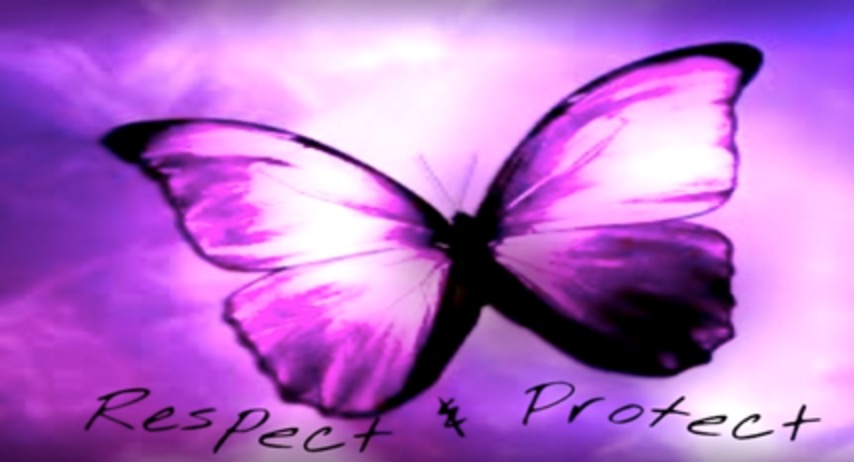
In my research class, we had to choose a health topic to do research on. Normally, I would chose HIV/AIDS, but this time I did suicide and depression, focusing on African American women. I was very surprised that it was hard to find almost any articles on my target population. I’m talking about hours and hours of searching for an article even remotely focusing on depression or suicide in African American women. It was alarming to me, and made me think why no one had decided to do any research on this underserved population, in this regard. As a part of the aforementioned population, I personally know that depression is real in the African American community. There is also a stigma attached to it. I’ve heard people say “Black people don’t get depressed. That’s only crazy white people. Just get over it.” What people don’t realize is that downplaying anyone’s feelings of depression is not helping them at all, and possibly even worsening it, leading them to suicide. If I were to choose this as my final area of focus, I would definitely want to go into research regarding African American women and teenagers.
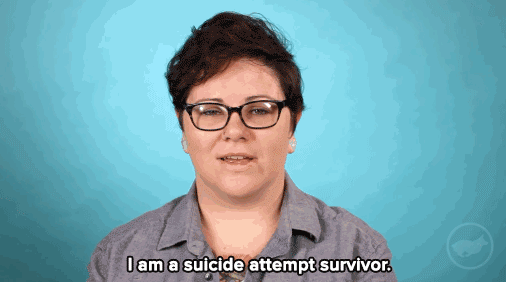
I wasn’t sure how Public Health Education was going to work out for me when I first transferred to the department, but I soon found my place. I chose to focus on these topics for various reasons. I know people who don’t know how some STIs are transmitted and don’t know how to use condoms properly. I know others who have been in abusive relationships, not even realizing that they were in one, and not want help trying to leave the person. That hurt me, that as their friend, they didn’t want me trying to help them. I, myself, struggle with my own depression, and dealing with it. There is always someone who needs public health education and resources, and as a future health educator, I am working hard so that one day I can help others with their problems.
Follow @myhealthimpact on health and tech stories impacts #youngppl. #publichealth #mentalhealth #sexualhealth
Share

September 28, 2015
Why aren’t you smiling
Serena Williams’ womanhood has recently been under question. If you google ‘serena williams womanhood', you without a doubt, stumble upon some articles speculating that she is a male due to her amazing body. The body shaming that has surfaced due to this fit African-American Tennis player has without a doubt come at an interesting time, at the peak of her career. It seems as though the media had to discredit her exceptional achievements and question her on every move (including gender and health).
Interestingly enough, many of the gender questions have ended as it has become public knowledge that she has a relationship with Drake, the Canadian actor and rapper. Now that she has a man on her arm, she is somehow now validated as a woman. The presence of a man, or his absence, should not be validating criteria to how feminine a woman is perceived. But because the media has “evidence” of her sexuality, there is no one questioning her womanhood any longer.
It often seems like the media just won’t let Serena live. As a woman, and one who smiles pretty often, it actually grinds my gears when I am asked why I’m not smiling. Most of the time there is some male stranger who thinks they have the authority and the privilege to tell me to smile. I assume this describes the reporter who thought it was reasonable to ask Serena during the press conference why she wasn’t smiling. Unfortunately we live in a society where some members expect you to react in a prescribed way. When you don’t, they assume something must be wrong as the reporter did during the press conference.
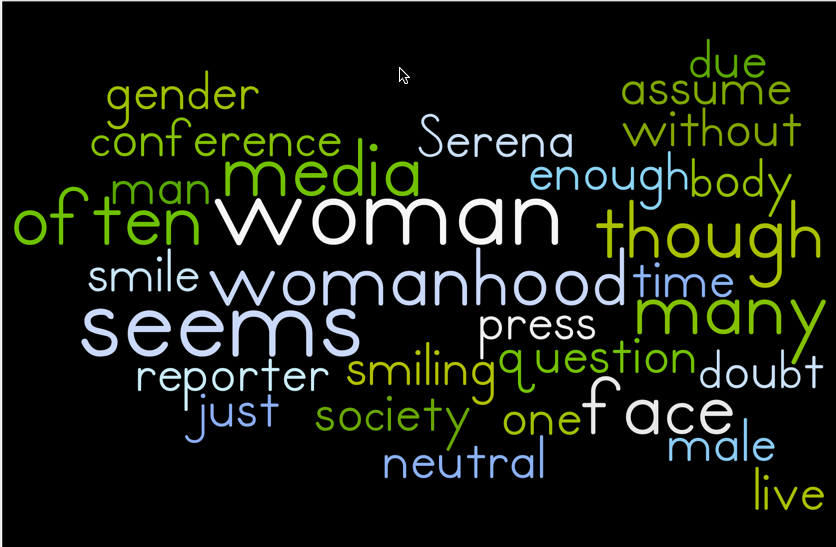
It is as though society unconsciously has a problem when females keep a neutral face. During the recent Apple Event this September, the Adobe Creative Suite presentation showed the ease of being to edit the woman’s face from neutral to a moderate smile. The model’s resting face was not good enough and had to be modified it seems. It often seems as though many women just can’t win. We can only wait for the day when our world is willing to accept that there are many definitions of a woman and all of them are SELF-DEFINED requiring no explanation.
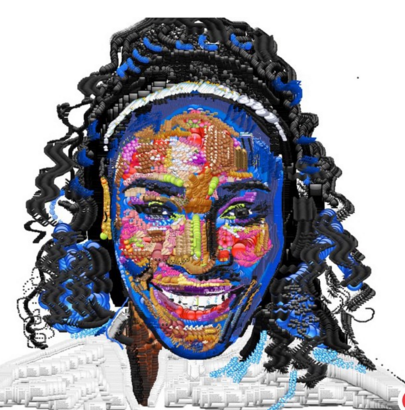
Follow @myhealthimpact on Twitter; see myHealthImpactNetwork.org (Web) and myHealthimpact (Tumblr and YouTube).
Share
April 09, 2015
Sexual Health Education
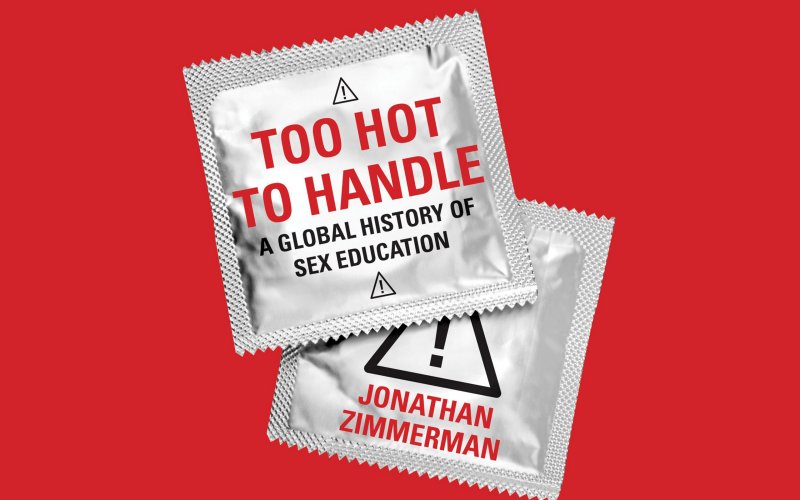
Denae
It was in elementary school that we had our first sexual education course. It was either 5th or 6th grade that we marched into my Science Teacher’s room to hear the real truth about the birds and the bees. Of course, our parents had to sign a permission slip in order for us to get the life lesson. The funny thing is I barely remember anything about that class. All I remember is that we sat down we talked about different types of condoms, pregnancy, and maybe chromosomes. My parents never had ‘The Talk’ with my siblings, and I so this class was the closest thing to it.
It wasn’t until I had a Sex Education class my ninth grade year in High School that I had to witness the miracle of child birth. In this class, we watched videos and talked about the entire sexual reproductive system. After that, there were no other topics on that until I got to college.
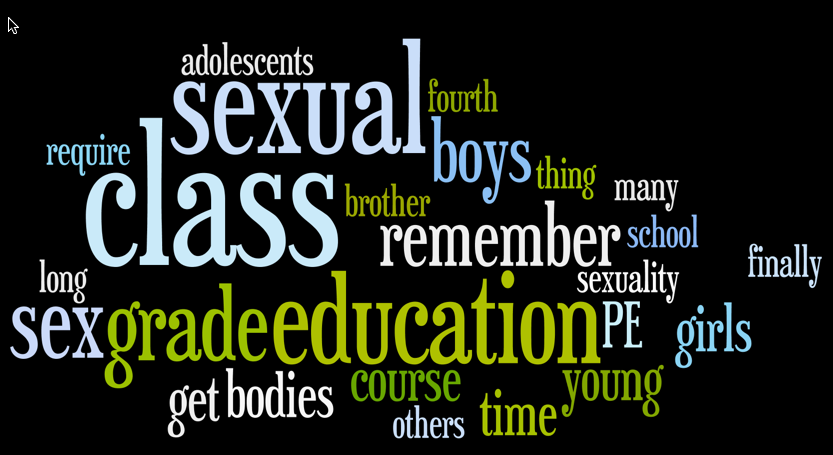
Marcel
From a very young age, I was made aware that there were differences between “boys” and “girls”. I faintly remember a time in second or third grade where they took each student in the class and pointed to two dolls, mentioning there were differences and that it was inappropriate to touch certain areas of each doll. But this was not a true introduction to human sexuality. I took had a 5th grade class where we learning about family living, ethical behavior, and human sexuality. It was here that I learned of abstinence and its importance in remaining healthy. When I entered high school, I finally learned about contraception, STDs and STIs, but for many this is much too late.
I have the great fortune of having a psychotherapist as a mother. She has worked with adolescents for a long majority of her career, and has always been very open with my brother and me about what is and is not appropriate. My sexual education may have begun earlier than many, but my mother’s experience with adolescents who had experienced sexual violence or had committed acts of sexual violence against others forced her hand. My brother and I were taught early on about our bodies, respecting ourselves, and showing the utmost respect for others.
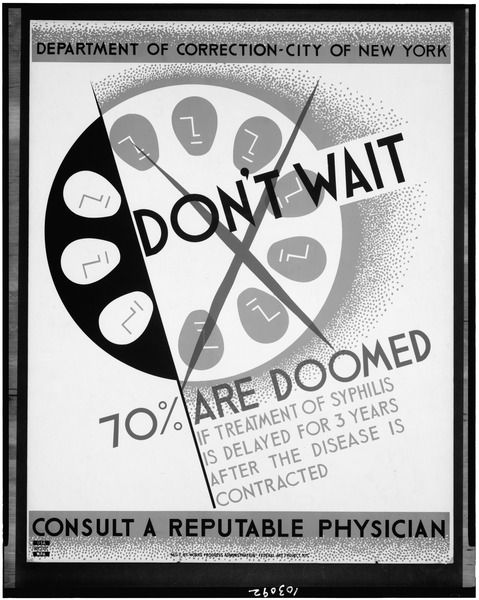
KaMar
I remember going to my PE class in the fourth grade excited to finally let off some steam and play with my friends. It was Friday which meant free day aka everyone grab a basketball and find the nearest hoop. However, today would be different as my PE teacher split up the group into boys and girls. The girls were taken to another classroom while the boys were instructed to sit on the gymnasium floor. Up above was a rolling TV cart and my PE Teacher explaining to the boys group that he forgot to mention during the last class that he had to teach us about how our bodies change as we get older. Naturally, we weren’t trying to hear it, but we sat and listened hoping we would get just 5 minutes at the end of class to throw up a few baskets.
We ended up watching a long and boring film that never spoke about how our bodies changed over time but rather depicted various sex organs, including their scientific name, while narrated in a robotic tone. Thinking back to the actual footage, I cannot understand how something so incredibly stale could be shown to fourth graders! At a time where young students gravitate towards shows on Disney, Nickelodeon, PBS, and other children focused networks, it’s mind boggling to note this film as my introduction into the sexual reproduction cycle. I am not alone on this issue as sex education is anything but standardized. At present, only 22 states require sex education in schools, and only 19 require that sex education is medically, technically or factually accurate. With those numbers, I wonder if sex education is meant to teach young minds about sexual health or just a course with a checkbox?
Share

October 15, 2014
More Than Just Intercourse
For some people, the word sexuality only means intercourse between two individuals. To others, it may be a term that refers to just sexual orientation. Regardless to any interpretation of the word, sexuality is more than just intercourse. According to the World Health Organization, sexuality is a “central aspect of being human throughout life, which encompasses sex, gender identity and role, sexual orientation, eroticism, pleasure, intimacy and reproduction” (Source: WHO, 2010, p. 10).
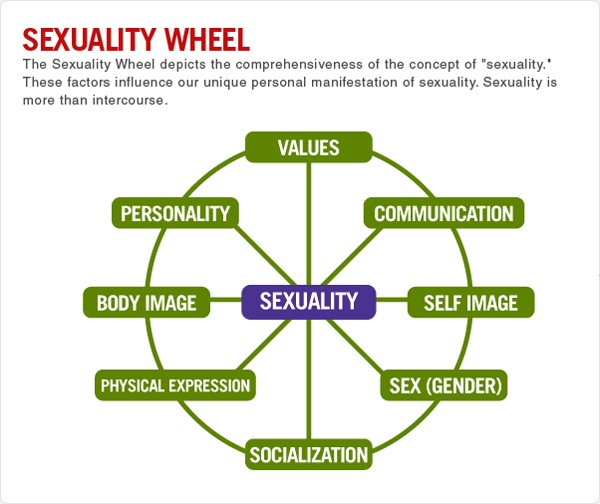
Sexuality can be experienced in more than just one way. Not always is the attention geared towards the physical. Having strong mental and intellectual capabilities have to potential to stimulate and foster one’s interest. There is no particular “right way” to fully encompass and express all of the dimensions that play into sexuality. The Sexuality Wheel also suggests that sexuality is widespread, consisting of many components. These components include: personality, values, communication, self-image, gender, socialization, physical expression, and body image. Examining this from the @myHealthImpact perspective, we encourage individuals to look at themselves from a holistic mindset. If these components of sexuality are not properly managed, it could lead to physical and mental issues. We help spread awareness so that our community has the intellectual capacity to go and inform others. Look outside of the box and you will see sexuality is definitely more than just intercourse.
Follow us at @myHealthImpact as we continue to discuss important topics relating to sexual, physical and emotional health.
Share

September 03, 2014
Apple HealthKit: Expectations and Concerns
I must admit… Apple has me hooked. Almost every year there is a new operating system update or “iOS” update that has me sitting on the edge of my seat. I always look forward to the new features that Apple plans to incorporate into its products. With this new iOS 8 update, Apple is adding HealthKit. The company states that “HealthKit allows apps that provide health and fitness services to share their data with the new Health app and with each other”. Any user who uses this application will be able to have their information stored in a secure place. This will allow the user to determine which health information they would like to disclose within the application.
Since the unveiling of this new application, some individuals believe that it has “tremendous potential”. The dashboard feature includes a series of graphs that depict things such as calories burned, average sleep time along with average heart rate within each day. The Health Data tab incorporates categories ranging from diagnostics and lab results to medications along with nutrition. This application has the potential to mobilize all of one’s medical history into one place. What allergies a person may have, blood pressure, heart rate and medications that an individual may be taking all have the possibility of being consolidated into HealthKit. The fact that all of this information can be made available via a smartphone could possibly eliminate the need for a fax machine, telephone calls or emails.
While these features are very impressive, HealthKit does raise a few concerns. Users are beginning to question the privacy of sharing medical information, which is often times confidential. Everybody may not want to share certain personal information with any physician. Also, this new tech-savvy era can take away from the doctor-patient relationship. Having all of a patient’s pertinent information on a smartphone would actually defeat the purpose of coming to the doctor. The New York Times also mentions that this application may “interfere with clinical practice”.
Yes- this does sound like a fantastic concept. From both sides of the spectrum, there are some positive and negative aspects. I’m looking forward to see how Apple will execute HealthKit and how successful the application is going to be. Who knows… at this day in age, there may not be a need to go to the doctor’s office anymore when you can do that on your iPhone.
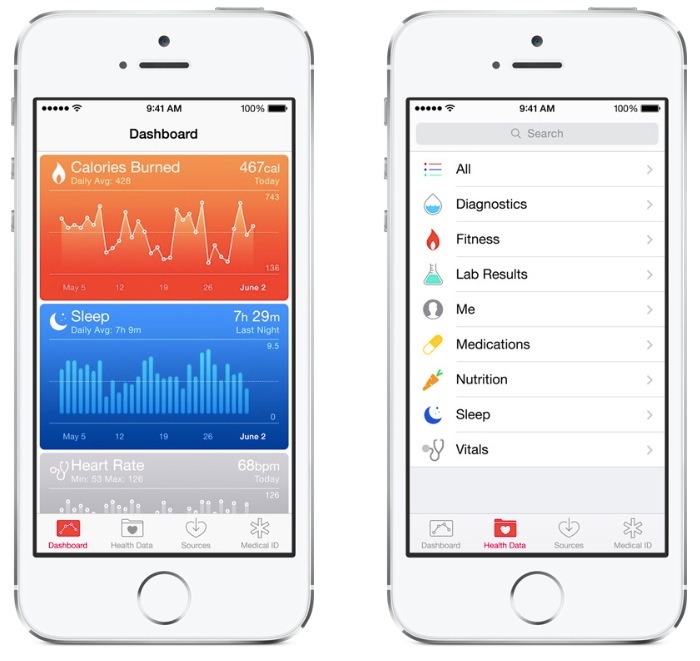
Sources:
Dilger, D. (n.d.). Apple's WWDC unveiling of HealthKit in iOS 8 grabs the attention of doctors. Apple's WWDC unveiling of HealthKit in iOS 8 grabs the attention of doctors. Retrieved June 30, 2014, from http://appleinsider.com/articles/14/06/10/apples-wwdc-unveiling-of-healthkit-in-ios-8-grabs-the-attention-of-doctors-
Carroll, A. (2014, June 16). The Trouble With Apple’s Health App. The New York Times. Retrieved June 30, 2014, from http://www.nytimes.com/2014/06/17/upshot/apples-healthkit-probably-wont-bring-a-new-age.html
Share

September 01, 2014
I’m in My Fourth Year… and Just Getting Started!
This month ushered in the start of my fourth year of graduate school. For the first time while in my Ph.D. program, I no longer felt like a young doe -- no tremor in my legs -- as I walked on campus to embark upon another school year. The confidence I now feel and clarity with which I view my objectives are undoubtedly attributable to the experience and knowledge I acquired over the summer. I was afforded the opportunity to work with executives at the Black Entertainment Television (BET) Networks on their youth initiatives during the BET Experience and BET Awards show weekend in Los Angeles. I also launched two web usability studies for the Graduate School at my university. Finally, I put the finishing touches on a thesis and am now shifting my focus to my comprehensive paper and dissertation.
These are exciting times now. Until recently, keeping up with coursework, dealing with a health issues (breast cancer survivor!), managing work/family/life balance, and conducting supervised research have all encompassed my graduate school experience. Now, I am able to craft and develop my own scholarly identity. My research interests focus on youth engagement with new media and digital technologies, the ways it impacts their health, and more specifically their sexual health, behaviors, and development. My incoming interest in the topic solidified through my work with the Pathways to African American Success (PAAS) project, a family-based intervention designed to reduce risk behaviors of rural African American youth.
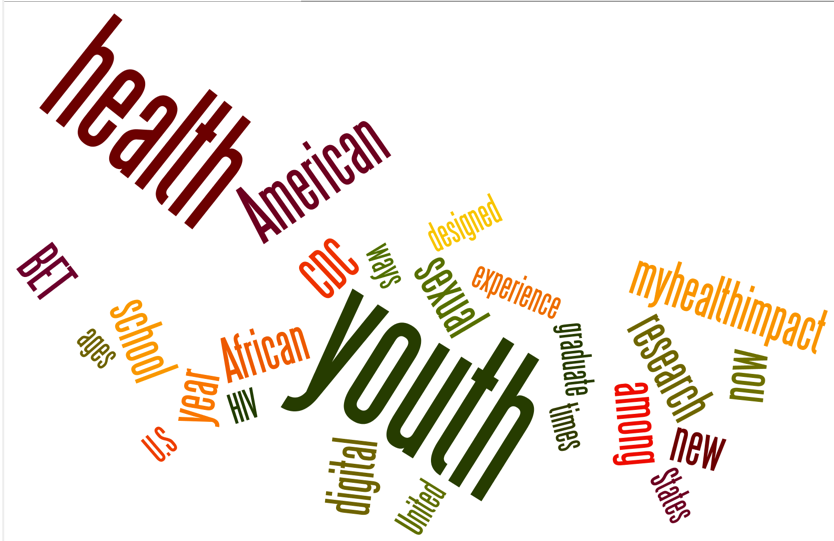
Through my classes, I was able to explore the issue of HIV/STI infection and transmission among youth in the United States, and particularly among African American youth. HIV/ STI among American youth is a major public health problem. In 2010, youth ages 13 to 24 years old constituted one-fourth of all new HIV infections in the United States (U.S. Centers for Disease Control and Prevention [CDC], 2014). Further, the CDC estimates that nearly 60% of HIV-infected youth are not aware of their HIV-status. Similarly, youth ages 15 to 24 years old, who make up 27% of the nation’s population, account for 50% of the 20 million new STIs in the U.S. each year (CDC, 2013). My research and dissertation will consider the ways that youth are formally and traditionally socialized regarding sexual health and risk, and the challenges, threats, and opportunities introduced by the recent rise in digital technology access, utilization, and digital media consumption. Congruent with these foci are the aims of MyHealthImpactNetwork, which involves leveraging technology to promote sexual, mental, and physical health. I look forward to engaging with @drfayonline and the #myHealthImpact organization (@myhealthimpact on Twitter), designed for – and by - college students interested in improving health and reducing health disparities. Fun times ahead… and I’m just getting started!
Magaela Bethune is a Ph.D. student at Vanderbilt University in the Community Research & Action program. Her website (www.magaelabethune.com) features curated content related to youth, technology, and health. Upon graduation, she plans to continue research informing the development of health interventions that leverage digital technology and media for youth.
Share

July 22, 2014
Black America’s Silent Epidemic – Outtake of @OWNTV @Lisaling – Our America
We watched the June 26, 2014 Our America series on OWN. In this series, journalist Lisa Ling covered the HIV epidemic in Black America. Our team watched intently and followed the Twitter hashtag during the show. What would be different about this coverage? How would the Black community be portrayed? Would this be, yet, another depiction of all things wrong in and with the community? How would it reach young people, the millennials?
Here are comments below from the research scholars (millennials) on the MyHealthImpact team and their thoughts on the series. Comments have been shorten for this blog post.
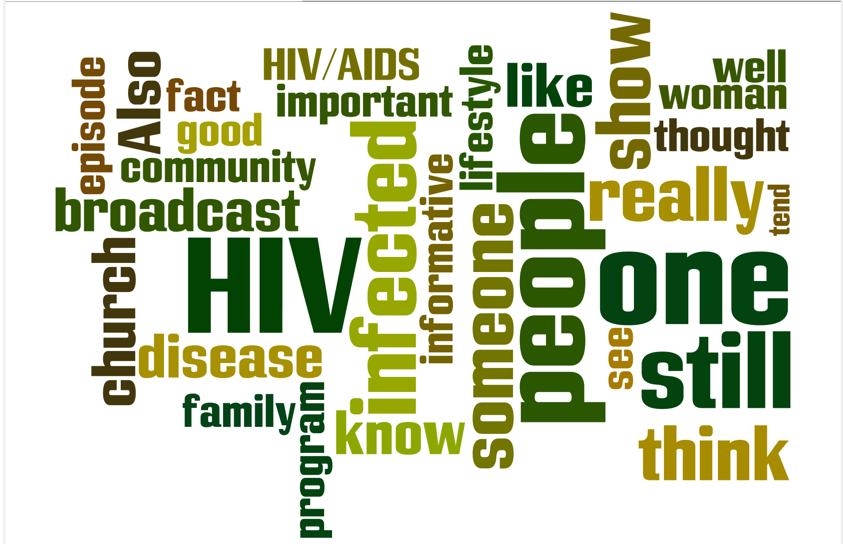
Follow us @myhealthimpact on Twitter. See myhealthimpactnetwork.org for additional content and health information.
Share

June 25, 2014
Here We Are Again
Here we are again. June 27 is National HIV Testing Day. Based on the Centers for Disease Control and Prevention (CDC), over 1 million people in the U.S. are living with HIV. The data are even more pointed – as Blacks/African Americans account for 44% of the population living with HIV.
Michel Martin of National Public Radio (@TellMeMoreNPR) discussed HIV and the Black church during a December 2013 segment. Listening to the segment with the @myhealthimpact research scholars who were, then, undergraduate college students raised many reactions. These reactions are shown below:
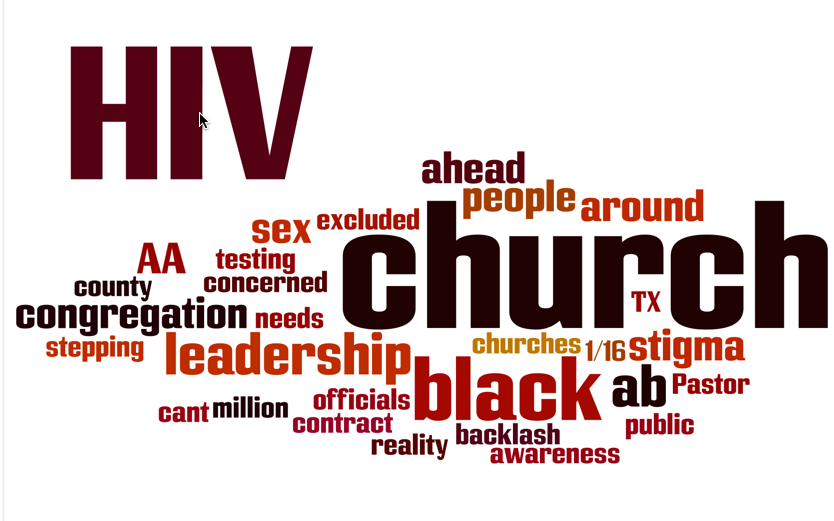
The diagram speaks to the following reactions; some of which were of surprise to the young adults:
- Wow. Half of million!
- My church has never talked about HIV/creates stigma
- Great that this TX pastor (in the NPR segment) is offering HIV testing
- OMG! The ratio of black mean affected with HIV is almost the same of black men in the jail (1/16 and 1/15)
- What IS this stigma surrounding HIV…statistics do not lie because the facts are there!
- Why is the congregation ahead of their leadership—bold statement!
After recently watching the HBO special, The Normal Heart, I asked the team what did they learn? While the special was described as graphic and provided a “visual”, one of scholars offered a few parting words:
“What I learned about HIV awareness has come from this project. We were born in the mid-90s, so the visuals and impact of the virus is not with us. We were not born when Magic made his announcement. The connection is somewhat difficult and missing for us”.
Powerful and even more reason to “Know Your Status”. June 27 is National HIV Testing Day. See the myhealthimpactnetwork.org link to HIV testing centers in your area.
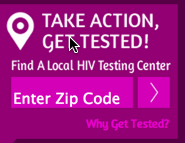

Follow us @myhealthimpact on Twitter and on Tumblr.
Share
In Partnership with: Poole College of Management, College of Humanities and Social Sciences, National Science Foundation, Penn State
Take Action, Get Tested: Find Your Local Testing Center Why Get Tested?

